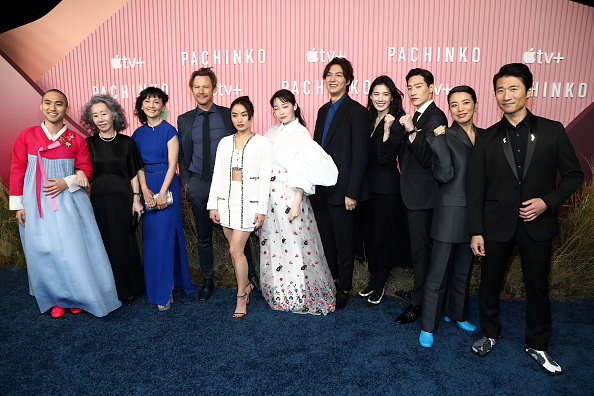Author Chesil’s debut novel “The Color of the Sky is the Shape of the Heart” takes its title from a Japanese proverb, meaning that perception depends upon emotions. So too does history often become a matter of perception, its perspective notoriously being decided by its ‘victors’: the conquerors, rather than the conquered, the refugees, the marginalized, record and narrate the story of the past. Modern works of literature and television drama are reshaping the story of the “Zainichi“-ethnic Korean minority population in Japan after decades of marginalization.
Background
Zainichi means “to stay in Japan”, or “those who stay in Japan’” However, the word is most broadly applied to the country’s Korean population. Koreans began to arrive in Japan when Korea came under Japanese colonial rule in 1910, and their numbers swelled throughout the 20th century. After WWII, the status of Koreans in Japan changed from imperial subjects to foreign nationals.
In the face of discrimination in various areas of life and racist harassment, the so-called Zainichi had few choices; to pass for Japanese, apply for Japanese citizenship and deny their Korean ancestry, or choose between North and South Korean citizenship and either live in Japan as designated foreign nationals or migrate to North or South Korea.
Discrimination in employment against Zainichi persisted into the 21st century, but Zainichi has also won legal strides and greater visibility in Japanese public life. Their histories and personal stories are now, also, coming to light in modern literature and television drama
The Color of the Sky is the Shape of the Heart
Chesil’s debut novel, which is making waves in the U.S. and Japan, concerns the peripatetic life of a Zainichi teenager, Ginny, who struggles to establish her identity and find acceptance in a school amongst Japanese classmates, later in a Korean school in Japan, and finally abroad in the U.S. living with a host family in Oregon.
Ginny’s rebellious nature is at odds with her precarious status as a Zainichi. The author draws on her own experiences in this portrait of a willful teenager who can’t accept any of her options: silence or compliance in the face of discrimination.
Pachinko
Costume dramas are usually productions redolent with sumptuous, romantic, escapist fantasy, like the aristocratic eye candy of Bridgerton and Downton Abbey. However, AppleTV Plus has recently adapted to the screen, Korean American author Min Jin Lee’s novel Pachinko with great acclaim. Rather than an idealized take on history, Pachinko turns its unflinching eye earnestly towards the story of the Zainichi.
It is a generational chronicle of a Korean family that spans the Japanese conquest, WWII, and the postwar years, which documents the discrimination faced by Zainichi in the mid to late 20th century in Japan. The anchor of the drama is its matriarch, Sunja, an unwed teenage mother whose escape to Japan reshapes the lives of her descendants for decades later.
With its frank depiction of Korean history and traditions, historical accuracy in its portrayal of war, oppression, and discrimination, and even its detailed costuming, Pachinko is breaking new ground in how Koreans, and their history, are portrayed in the television medium.
Conclusion
Novels like The Color of the Sky is the Shape of the Heart and Pachinko and the latter’s streaming television adaptation shed light on the little-known stories of the Korean population in Japan and their decades of struggle for equality and representation.

